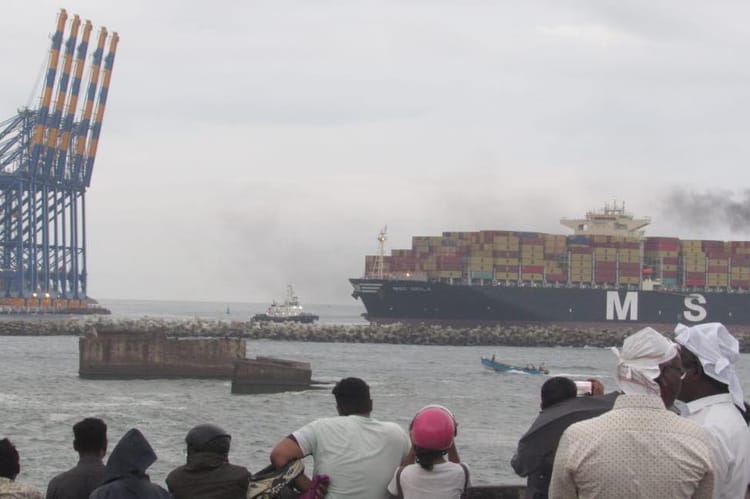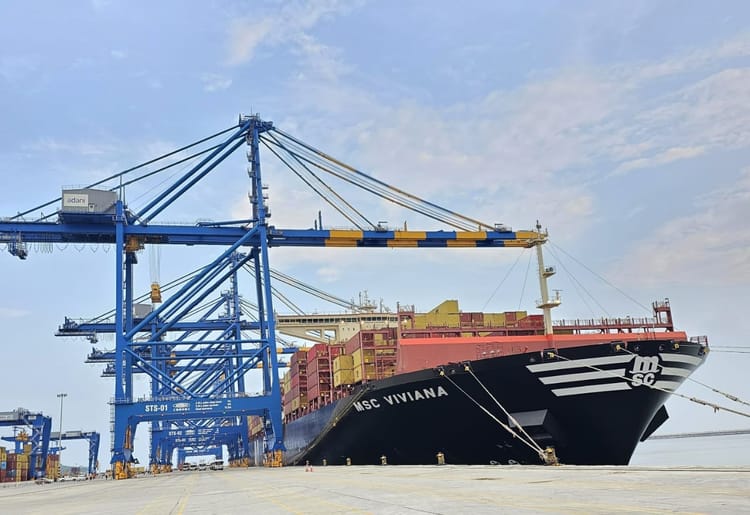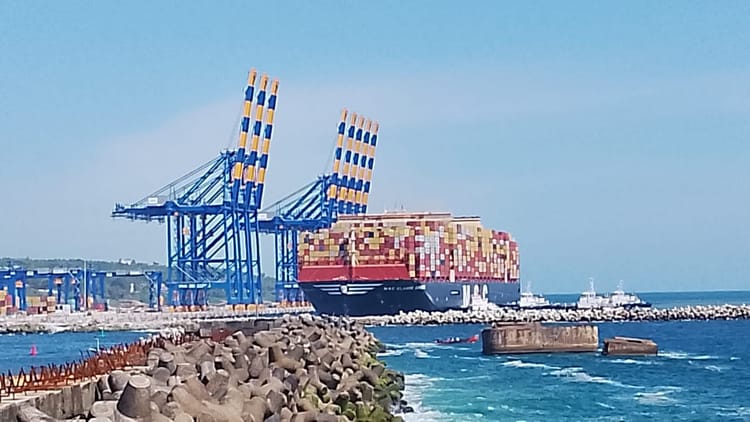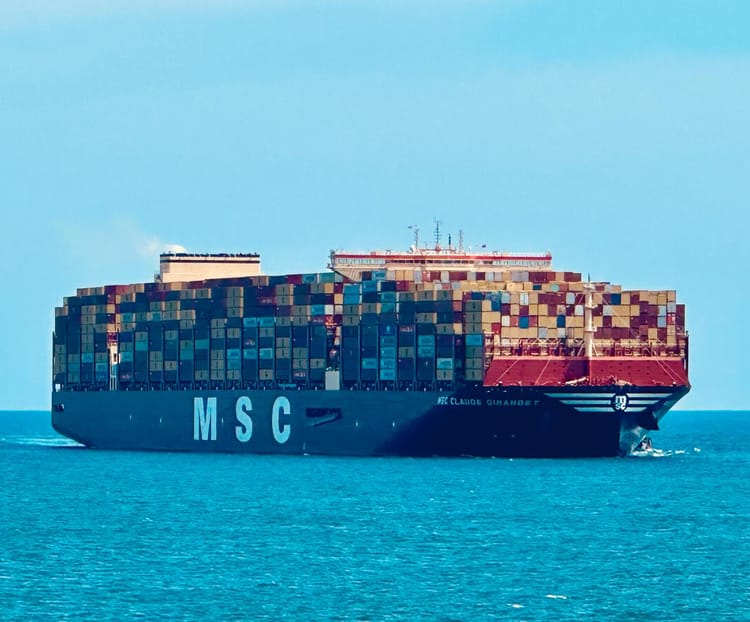When One Port Strikes, World Trade Rocks

Picture this: a daily wage of IN₹ 28,000, with an extra IN₹3,600 per hour for overtime beyond eight hours. Don't be fooled by the currency – these aren't Indian wages. When converted to dollars, these eye-popping figures come from a recent strike that brought 36 US ports to a standstill – the first such event in 50 years!
On 1st October, as the clock struck 12:01, an unprecedented wave of strikes hit American shores. The night before, ships rushed to unload their cargo, unsure when normal operations would resume.
This American port strike isn't just a local issue – it's a wake-up call for ports worldwide. Ships and strikes don't stay within national borders. When 36 US ports stop working, the effects ripple across the globe.
Take the recent situation at Trivandrum Port in Kerala, for example. After MSC Conakry IV left on 4th October, it took five long days for another ship to arrive. Why? Because congestion at Colombo port held up two other ships, Capetown III and Makoto II. This delay shows just how closely linked ships, cargo, and ports are in our global economy.
Back in the US, 45,000 workers, led by the International Longshoremen's Association Workers Union, stopped work at 36 ports. On the other side, the US Maritime Alliance, an organisation of port operators, tried to end the strike quickly. But they weren't ready to give workers the full pay rise they wanted. As a result, ships started piling up outside the ports. In total, 54 ships were left waiting: 14 near New York/New Jersey, 3 by Philadelphia, 8 near Norfolk, 7 at Charleston, 15 near Savannah, and 3 each at Miami, Mobile, and Houston.
As the strike went on, the financial impact became clear. New York and New Jersey ports alone were losing US$250-300 million each day. If the strike lasted four days, losses could top US$1 billion. Across all 36 ports, daily losses hit US$5 billion – a figure that worried the US government.
Knowing that American shoppers are quick to feel the effects of market changes, especially in an election year, the Biden administration pushed for a quick solution. Their efforts paid off. The settlement increased hourly wages from US$39 to US$43, with further US$4 increases each year for the next six years, eventually reaching US$63 per hour.
Settling the strike in just three days was good news not only for the US but for the global market, given how important American ports are to world trade.
Curiously, as this American saga unfolded, a parallel dispute simmered in India. About two-thirds of the 1,800 employees at one of South Korean electronics giant Samsung's flagship factories in Chennai have been on strike for a month. Despite the apparent resolution of 14 worker demands, the strike persisted over the recognition of their recently formed labour union — the Samsung India Workers Union, or SIWU. The contrast is stark: while the US strike concluded in 72 hours, its Indian counterpart has dragged on for over a month, potentially jeopardising investment and growth prospects. This disparity raises questions about possible external influences on union dynamics in India.
In the meantime, Samsung Electronics reached an agreement with the SIWU, keeping the Centre of Indian Trade Unions (CITU) out of discussions. Even so, the fact that a strike in America ends in 3 days while in India it exceeds 30 days will seriously affect the country's investment interests and growth. Governments should investigate whether any foreign powers are behind the union, which continues to struggle for recognition despite the conditions being met.
Still, one thing needs further discussion. Even though the dollar-rupee gap is huge, the Samsung system is not that generous compared to the wage hike implemented in the US. While it's good for the country to grow industry, trade, shipping and exports, governments must ensure that the quality of life of the manufacturing worker also improves during treaty negotiations. Disaffected workers may be kept at bay for a while, but eventually unrest will re-emerge in countries where the welfare of workers and the public is not ensured.
In our interconnected world, the ripples from a strike on one shore can quickly become waves on another. As we navigate these choppy waters of global trade, finding the balance between economic growth and worker satisfaction remains the key to smooth sailing. The resolution of these strikes serves as a reminder that addressing workers' concerns promptly and fairly is crucial for maintaining the delicate balance of global trade and economic stability.
This article © 2024 by Motherport News is licensed under CC BY 4.0



